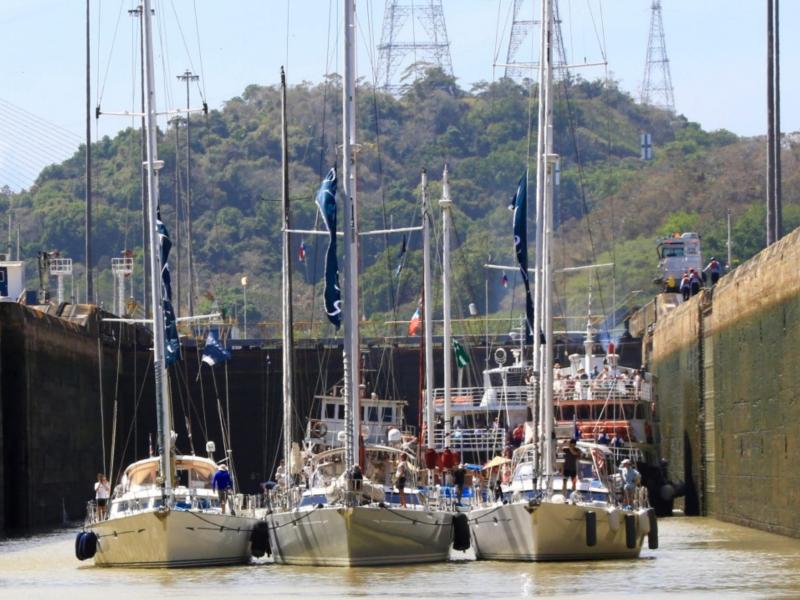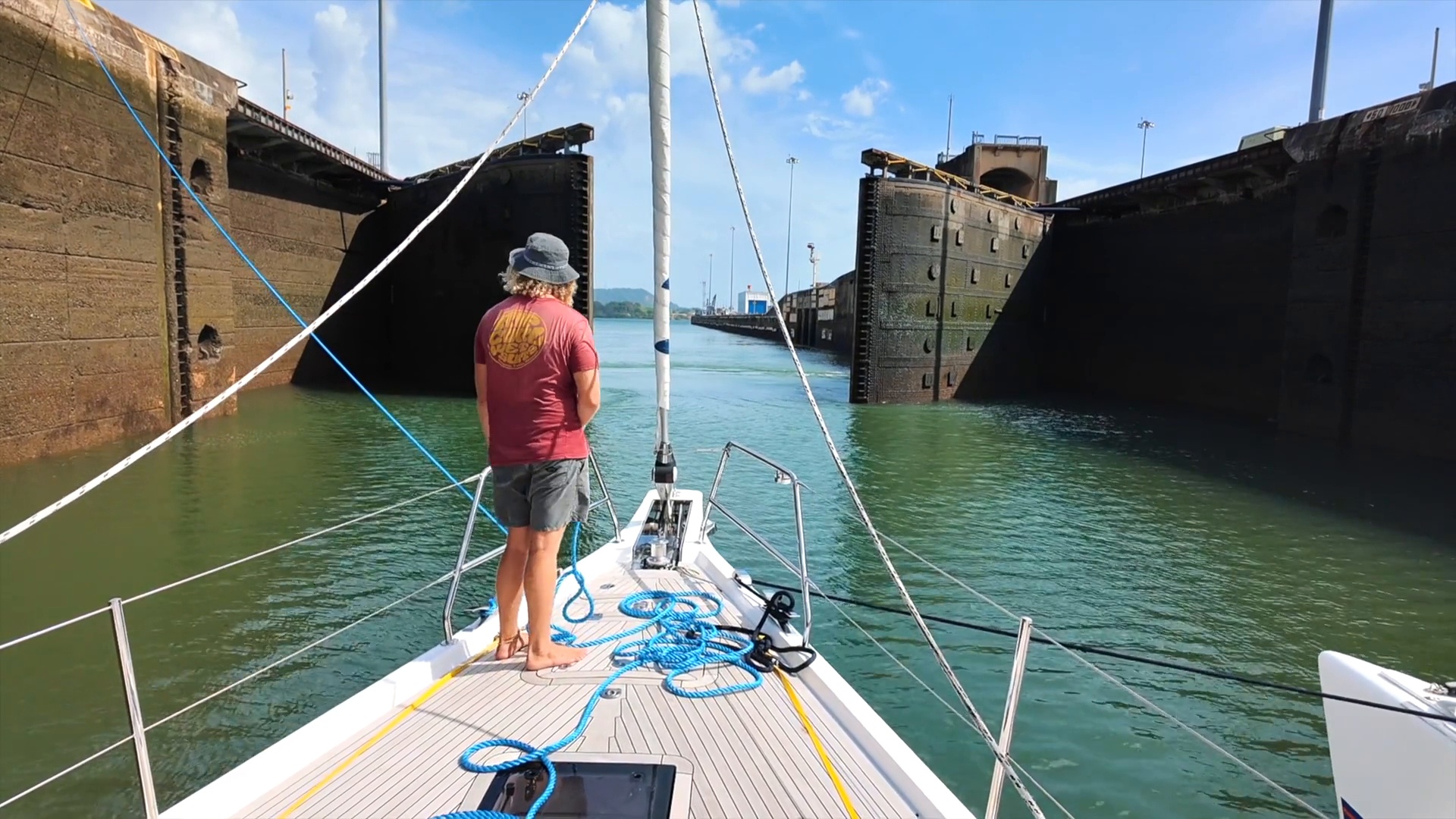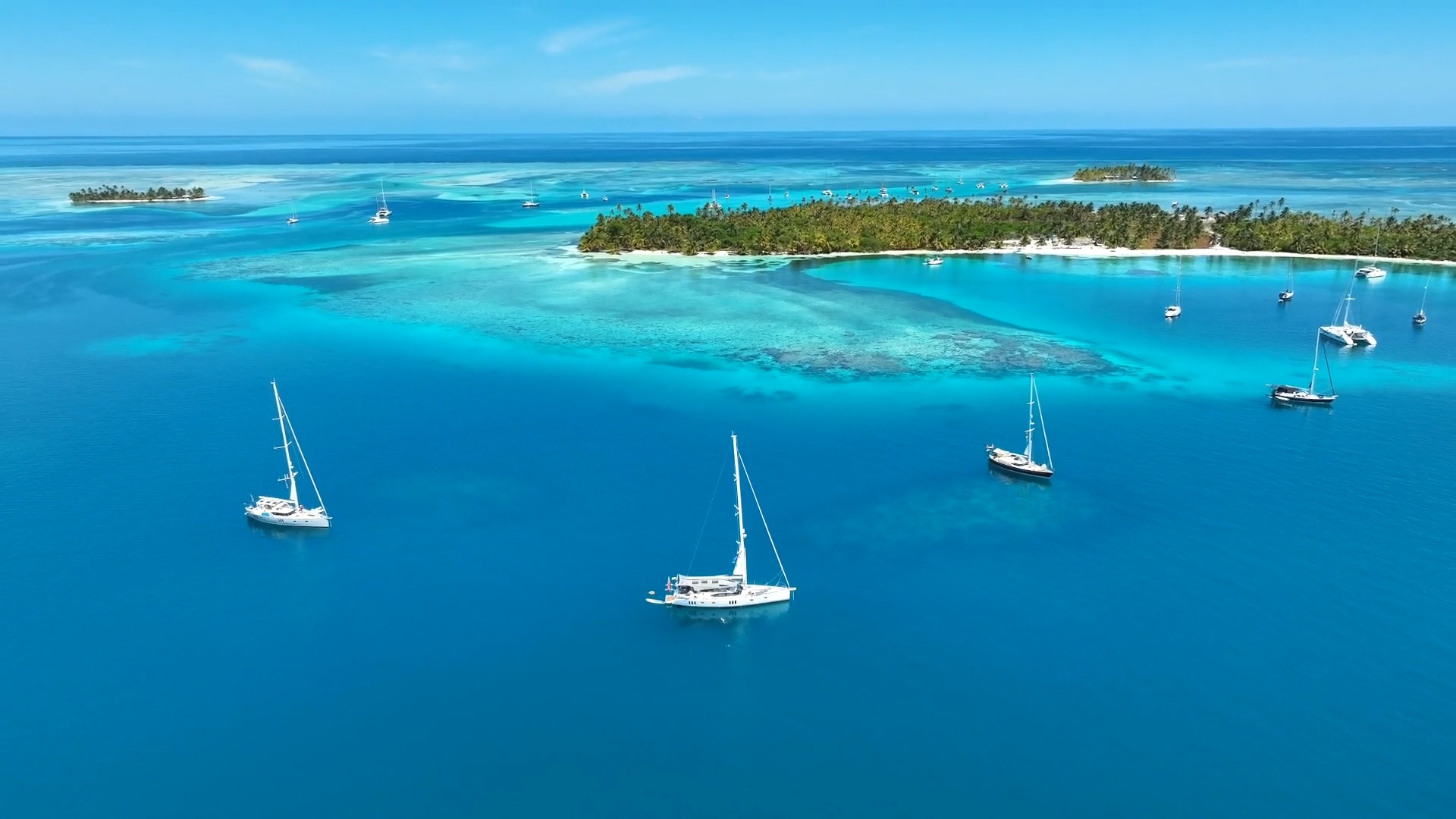
The Iisthmus of Panama is one of the most bio-diverse places in the world. Its famous canal provides transit from the Atlantic to the Pacific, saving months at sea for commercial vessels and circumnavigators alike.
Following independence from Columbia in 1903, the country negotiated a treaty with the USA to allow the digging of a canal from coast to coast. The 48-mile-long canal was finished in 1914 and created an essential shipping route that saved ships negotiating the hazardous 8,000 nm trip around Cape Horn. While you’re in Panama, make sure you visit its rainforest – the largest in the Western Hemisphere, apart from the Amazon Basin. It boasts a diverse and abundant mix of tropical plants, animals and birds, some unique to Panama. Nearly half the country’s four million people live in the capital, Panama City. This is a vibrant modern city with skyscrapers and contrasting colonial buildings in the Casco Viejo district and is definitely worth a visit.
GALLERY
RELATED STORIES



